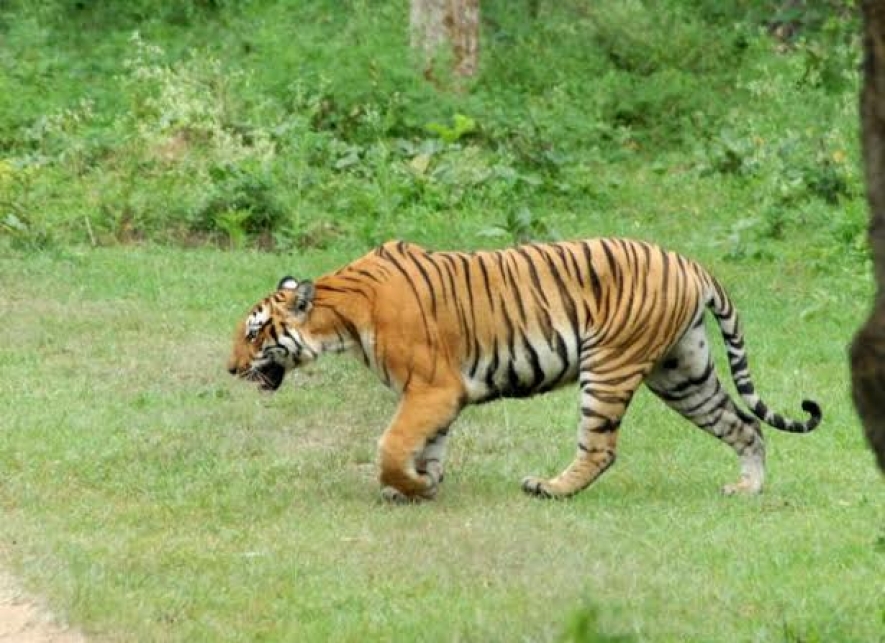A news report published by the Indo Asian News Service said the WWF has also offered to assist with the conservation efforts being carried out by the 13 tiger-range countries - India, Bangladesh, Bhutan, China, Cambodia, Indonesia, Laos, Malaysia, Myanmar, Nepal, Russia, Thailand, and Vietnam - which in 2010 committed to securing a doubling of wild tiger population by 2022.
In its report, which coincided with the International Tiger Day on Tuesday (July 29), the WWF warned that the largest of all the Asian big cats could go extinct in the wild primarily due to poaching and habitat loss.
Poaching is the “most immediate threat to wild tigers” since their parts are used for “traditional medicine, folk remedies, and increasingly as a status symbol among some Asian cultures”.
Between January 2000 and April 2014, authorities across Asia seized parts of at least 1,590 tigers, killed for traditional medicines, the organisation said, citing figures from the wildlife trade monitoring network Traffic.
In its report, the WWF admitted it had the statistics of tiger population in the wild in India, Nepal, and Russia, but not from Myanmar, Cambodia, China, Indonesia, Laos, Malaysia, and Thailand.
The NGO urged those countries to count the number of tigers that exist in the wild with a view to protect the different subspecies of this big cat. (HC)
Special Reporter



















